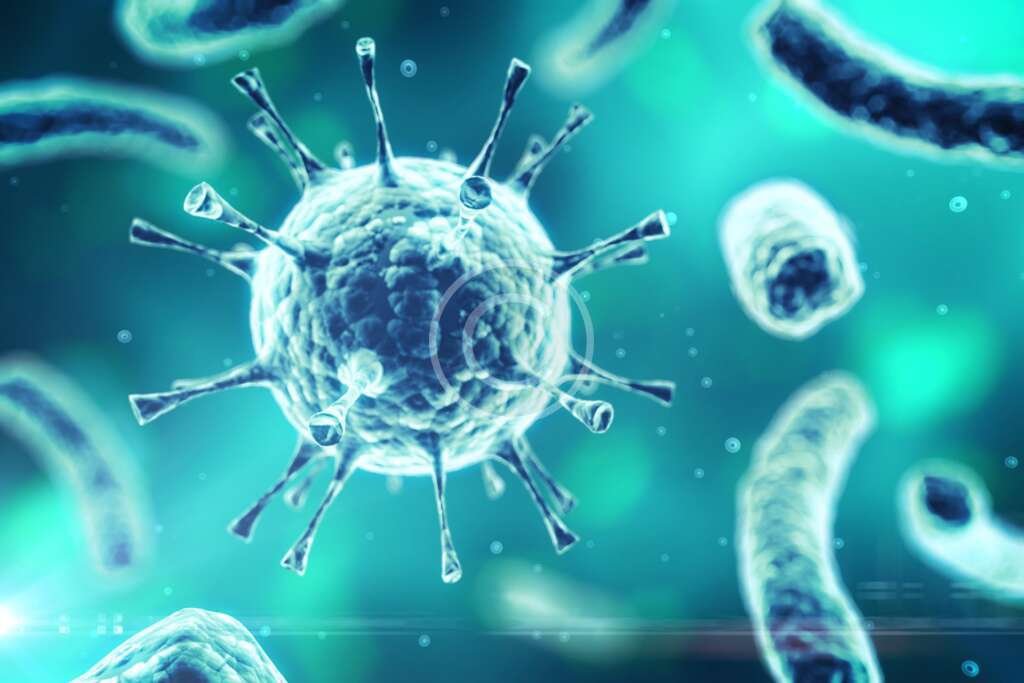Calcium is one of the most abundant minerals in the body and plays a pivotal role in various physiological functions beyond bone and dental health. Its significance extends to hormonal balance and cellular function, acting as a vital signaling molecule in critical processes such as hormone secretion, enzymatic activity, and cellular communication. This article explores how calcium interacts with hormones, its role in maintaining cellular health, and how to ensure optimal calcium levels for overall well-being.
Why Calcium Matters for Hormonal Balance
1. Calcium and Parathyroid Hormone (PTH)
The parathyroid glands regulate blood calcium levels through the secretion of parathyroid hormone (PTH). When calcium levels drop:- PTH Release: Stimulates calcium release from bones, reabsorption in kidneys, and activation of vitamin D.
- Vitamin D Activation: Enhances calcium absorption in the intestines.
2. Calcium’s Role in Insulin Secretion
Calcium is essential for the proper functioning of beta cells in the pancreas, which secrete insulin. Adequate calcium levels ensure:- Insulin Release: Facilitates glucose metabolism.
- Glucose Homeostasis: Reduces the risk of insulin resistance and diabetes.
3. Calcium and Thyroid Hormones
Calcium interacts with the thyroid gland, particularly in:- Calcitonin Production: Helps regulate blood calcium by inhibiting bone resorption.
Calcium in Cellular Function
1. Intracellular Calcium Signaling
Calcium acts as a second messenger in numerous cellular processes, including:- Muscle Contraction: Enables actin and myosin interaction.
- Neurotransmitter Release: Facilitates synaptic communication.
- Enzymatic Regulation: Activates enzymes essential for metabolic pathways.
2. Apoptosis and Cell Death
Calcium regulates programmed cell death (apoptosis), maintaining tissue health by:- Preventing excessive cell proliferation.
- Supporting immune responses.
3. Calcium and Immune Function
Calcium ions are crucial for T-cell activation and the immune response. Proper calcium signaling ensures effective pathogen defense.Consequences of Calcium Imbalance
1. Hypocalcemia
Low calcium levels can lead to:- Hormonal Imbalance: Increased PTH secretion.
- Muscle Spasms: Due to disrupted calcium signaling.
- Neurological Issues: Nerve communication impairment.
2. Hypercalcemia
Excess calcium may cause:- Thyroid Dysfunction: Overproduction of calcitonin.
- Kidney Stones: Due to calcium accumulation.
- Cardiac Arrhythmias: Impaired heart muscle contraction.
Ensuring Optimal Calcium Levels
1. Dietary Sources of Calcium
Incorporate calcium-rich foods such as:- Dairy: Milk, yogurt, and cheese.
- Leafy Greens: Kale, spinach, and broccoli.
- Nuts and Seeds: Almonds, chia seeds, and sesame seeds.
- Fortified Foods: Plant-based milk, orange juice, and cereals.
2. Importance of Vitamin D
Vitamin D is critical for calcium absorption. Sources include:- Sunlight exposure.
- Fatty fish (salmon, mackerel).
- Vitamin D supplements.
3. Calcium Supplements
When dietary intake is insufficient, supplements may help but should be taken under medical guidance to avoid complications like kidney stones.FAQs
Q: How does calcium influence hormonal balance?
A: Calcium regulates hormones like PTH, calcitonin, and insulin, ensuring stable blood calcium levels and proper metabolic function.Q: Can calcium deficiency affect hormone secretion?
A: Yes, calcium deficiency triggers excessive PTH release, leading to bone resorption and potential hormonal imbalances.Q: Is calcium important for thyroid health?
A: Absolutely. Calcium interacts with thyroid hormones and supports calcitonin production, which regulates blood calcium levels.Q: What is the role of calcium in cellular function?
A: Calcium acts as a second messenger, facilitating processes like muscle contraction, neurotransmitter release, and enzymatic activity.Q: Can too much calcium harm the body?
A: Yes, hypercalcemia can cause kidney stones, cardiac issues, and thyroid dysfunction.Bibliography
- Berridge, M. J., Bootman, M. D., & Roderick, H. L. (2003). “Calcium signaling: Dynamics, homeostasis, and remodeling.” Nature Reviews Molecular Cell Biology, 4(7), 517-529.
- Heaney, R. P. (2000). “Calcium, parathyroid function, and bone health.” Journal of Nutrition, 130(4), 992S-994S.
- Stojanovic, M., & Ihnat, M. A. (2007). “Role of calcium signaling in insulin secretion and action.” American Journal of Physiology-Endocrinology and Metabolism, 292(1), E1-E13.
- Brini, M., & Carafoli, E. (2000). “Calcium signaling: A historical account, recent developments and future perspectives.” Cellular and Molecular Life Sciences, 57(3), 354-370.
- Rizzuto, R., & Pozzan, T. (2006). “Microdomains of intracellular Ca2+: Molecular determinants and functional consequences.” Physiological Reviews, 86(1), 369-408.





